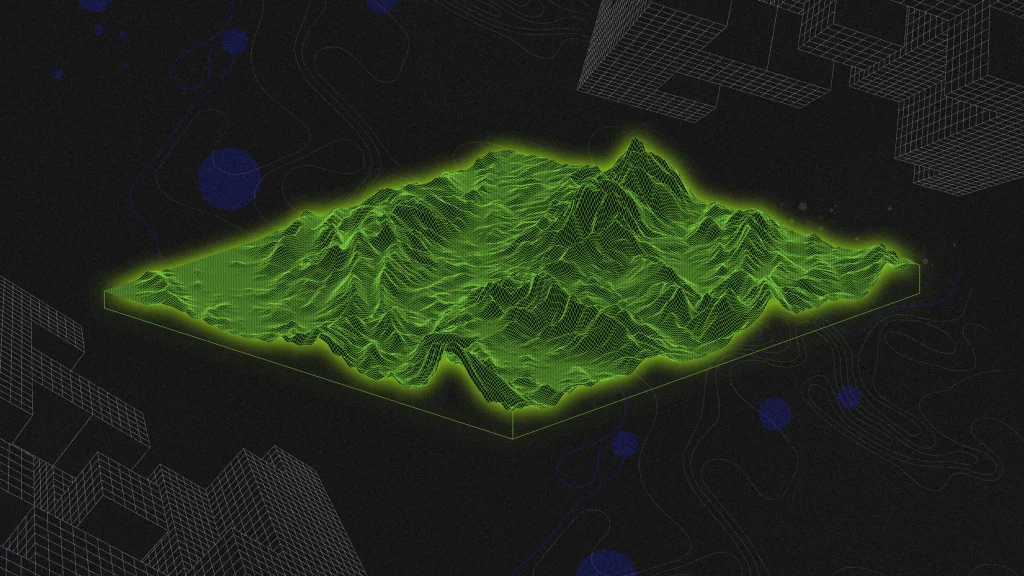Spatial intelligence is an emerging approach to deploying ai in the physical world. By Combining Mapping Data with Artificial Intelligence, It AIMS to Deliver “Smart Data” tied to specific locations – Even Indoors and Across Multiple Stories. With this technology, maps become more intelligent, evolving into 3D representations that offer contextual information not just about about places, but also about the people about the people and activities with. Who Google Maps and Other Platforms Have Long Mapped Streets and Roads, The Vertical, Or Z-Axis (IE Spaces Above and Below Ground) Has Remained Largely Uncharted. Until now.
The ability to project dynamic intelligence into our world has long been a staple of science fiction and has indeed inspired some real world innovations in Silicon Valley Such as Early Cells as Early Cells Who was inspired by the star trek communicator; Or the metavense, which was inspired by neil stepphenson’s novel Snow crashAny one of Several Technologies Inspired by the Film Minority Report, and Holograms Inspired by Star Wars, to name a more. Today, with Large Language Models Handling The Delivery and Interpretation of Information, Maps are Struggling to Catch up. Embedding ai more deeply into physical environments not only GIVES Contextual Relevance to the Structures and Parts of our physical world, it Creates New Channels for Data Collection and Analysis -Analysis -Analysis -Analysis -Analysis -Analysis People, behaviors, and interactions. This means, in effect, that information about places is no longer limited to a flat map; It can now be dynamic, hyper-locklized, and personal.
Who’s Building Spatial Intelligence –nd Why
Many companies are working on Spatial Intelligence from different angles. Some, like descartes labs, synthesize satellite, weather, and market data into actionable intelligence. Blacksky supports Military and Commercial Partners by Tracking Rapid Changes in Geography. Mapbox Customizes Route Planning By Adding Layers of Intelligence – Like Dining Options, Scenic Routes, or even music. Carto Helps Businesses Analyze Spatial Data to Identify Patterns and Turn theSE Insights Into Strategy or Revenue. While Companies Like Carto Work on Backend Analytics, others like Mapbox Provide Direct Consumer Utility. And the Ar Industry Continues to Geolocate content.
However, today’s spatial analysis is stil larger limited to flat maps. To broaden its utility, mapping must become more immersive – CCOCONTING For 3D Objects, Vertical Space, and Highly Localized Environments.
Another Ambitious Player in the field, World Labs, was cofounded by Stanford Professor Fei-Fei Li, often Called The “Godmother of Ai.” The company is Building Large World Models (LWMS) that Can Perceive, Generate, and Interact With 3D Worlds -Complete With Physics, Semantics, and Control. With $ 230 Million in Funding from a sizable roster of silicon valley luminal vc’s and companies, world labs aims to generate limitless virtual spaces, essentially Layering Privatized DAMENASTION The digital world. Dr. Li’s Dual Role – Lading this company also advising the state of california on ai policy –raise Potential Conflicts of Interest, Especially as other company.
The energy problem behind the tech
Building and operating Spatial Intelligence Systems Demands Massive Power, and Alredy Ai’s Energy Consumption is straining the Grid. As AI’s Energy Appetite Grows, Some Tech Companies are turning to nuclear power. Microsoft, for example, is funding the restart of three mile island in pennsylvania; And Amazon has acqured land near the plant. Alphabet/Google Signed A Deal to Purchase Energy from Multiple Small Modular Reactors Through Kairos Power, And Nvidia, Has Been Backing Nuclear-Powered Ai Deplusments with PG & E AT Califoria Diablo cann by managing the facility’s first commercial deployment of an “on-message generative ai solution” for his nuclear energy sector. Meanwhile meta, whose prior attempts towards nuclear energy was thought by bees, has not given up its effort, and has released an rfp seeking nucle power partners with eaherge Reactors to help them reach their energy usage goals.
It is worrying that the companies that have created “Move fast and break things” ethos are now gotting into the nuclear energy game –nd selling their generative ai software to run these nuclear polar plants. Many small distributed reactors are being proposed by Startups with Limited Nuclear Experience, Some Near Population Centers. There are also questions about the Dangkers and Resilience of Ai-R Software and Testing Practices, Especially when applied to Systems as Nuclear Energy.












